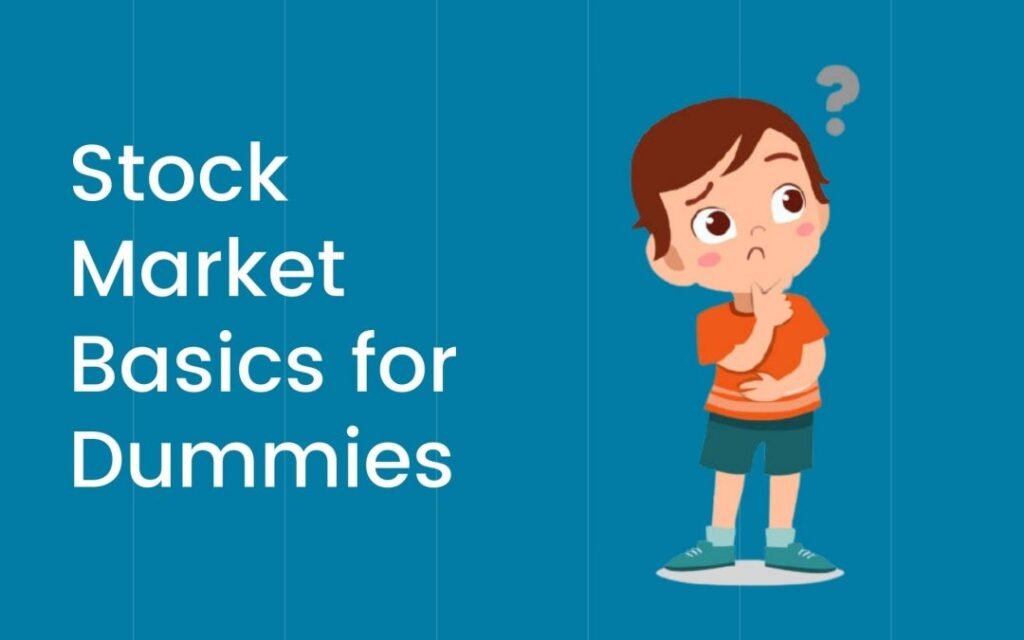Investing in the stock market and real estate are...
Read MoreHow to Understand the Market Depth in the Stock Market
Introduction to Market Depth Market depth, a crucial concept...
Read MoreMistakes made by beginners in the Stock market
Mistakes made by beginners can sometimes lead to valuable...
Read MoreWhat You Need to Know About Sips and How They
Introduction to SIPs If you’re new to the world...
Read MoreHow to Choose the Right Time to Invest in IPO’S
Welcome to the fascinating world of the stock...
Read MoreTop 7 Stocks under 50 to make you Rich Quickly
Are you looking for best stocks under 50? To...
Read MoreAI Trend Magic: The Game-Changer You Need for Business Success
We currently Launched a AI Trend Magic Startegy which...
Read MoreWhen Is the Best Time to Achieve Technical Analysis with
In today’s volatile stock market, making informed decisions is...
Read MoreBest Free Real-Time Stock Chart Platforms for 2024
In today’s rapidly evolving financial world, staying ahead of...
Read MoreSupport and Resistance Indicators: What You Need to Know
In the realm of technical analysis, support and resistance...
Read MoreNifty Real Time Data for Amibroker: How to get free
In the dynamic world of trading and investing, having...
Read MoreHow to Analyze Real-Time Market Data Using Best Live Charts
In today’s fast-paced world of stock market trading, having...
Read More















